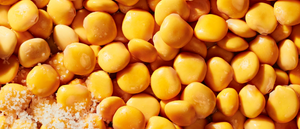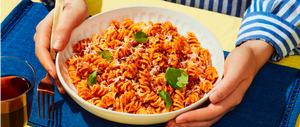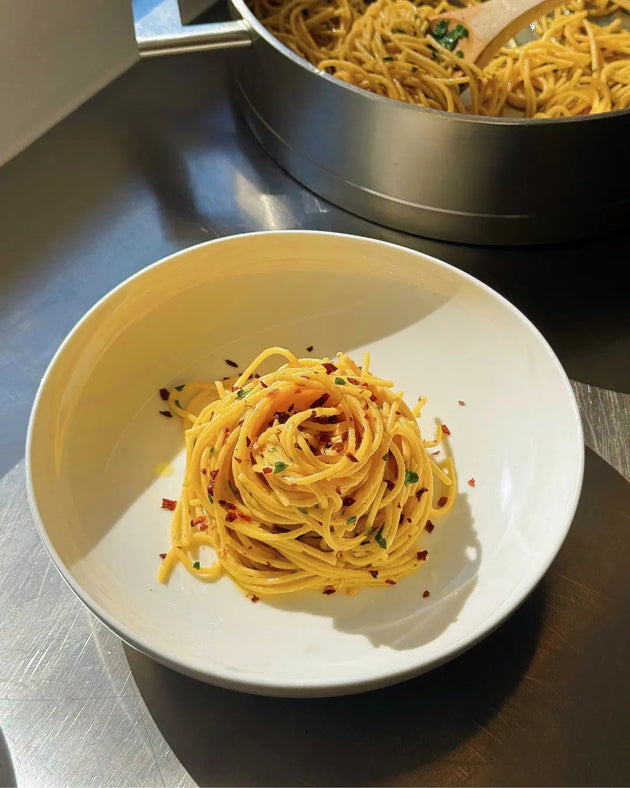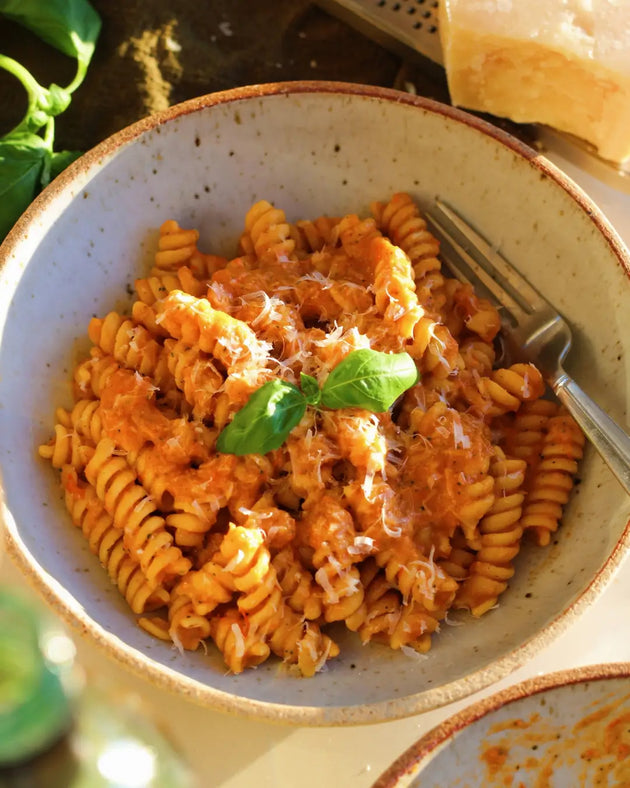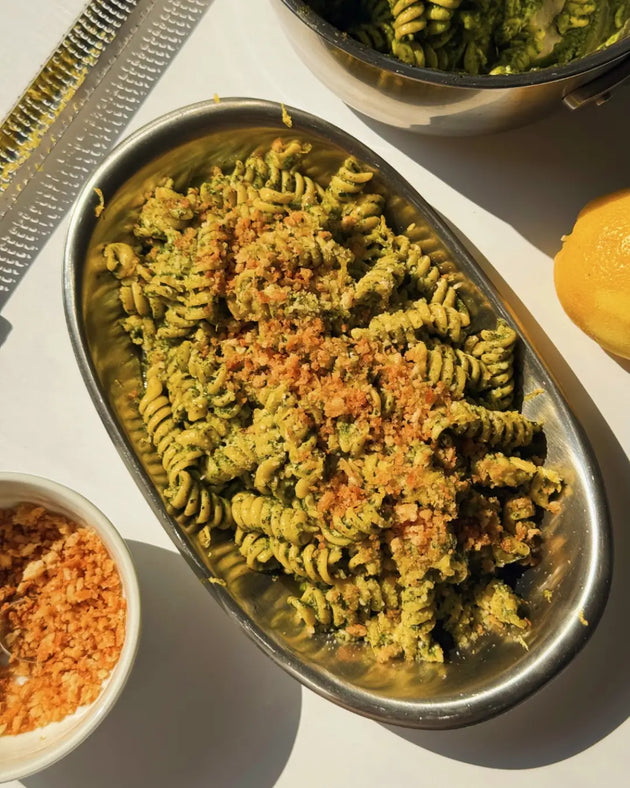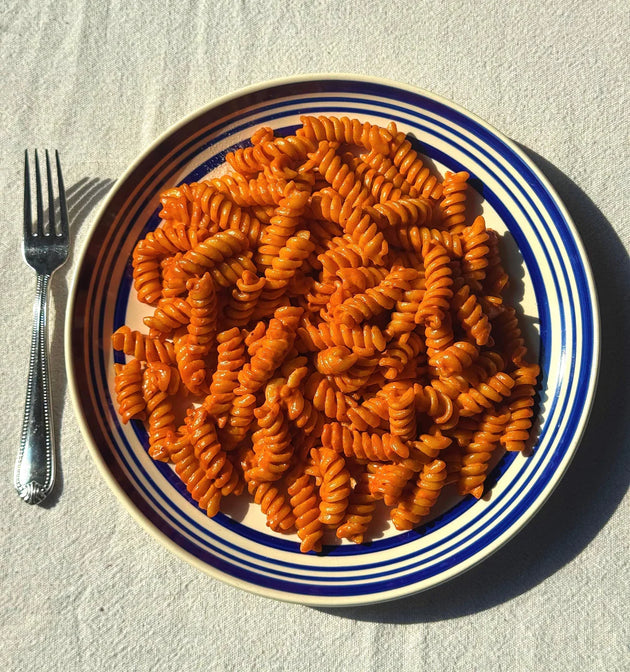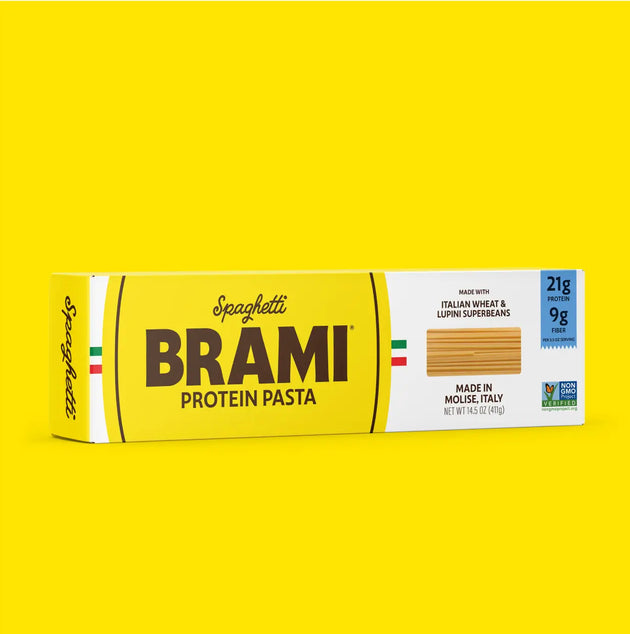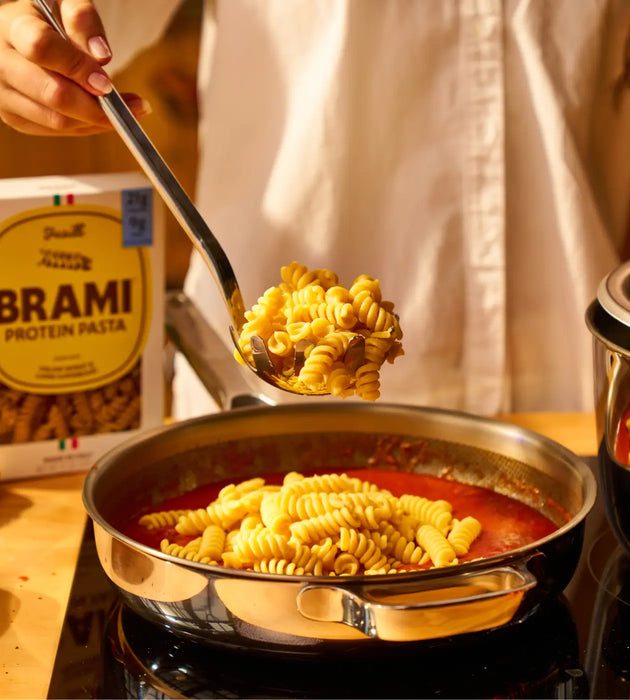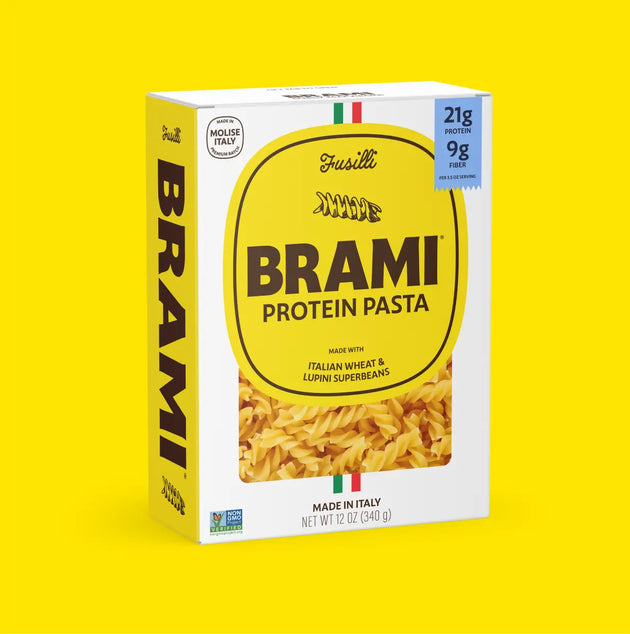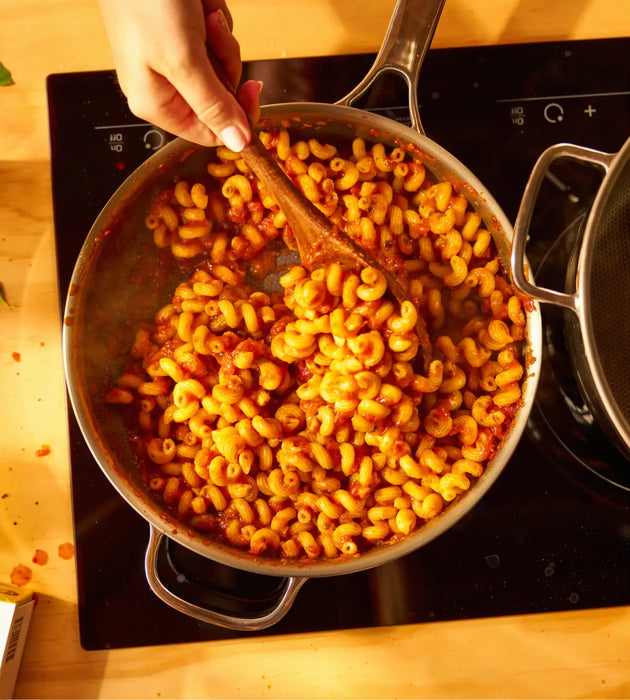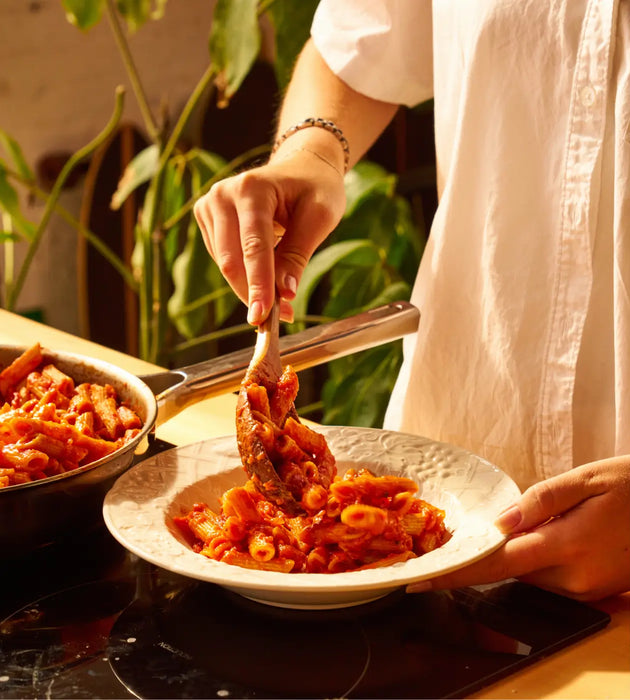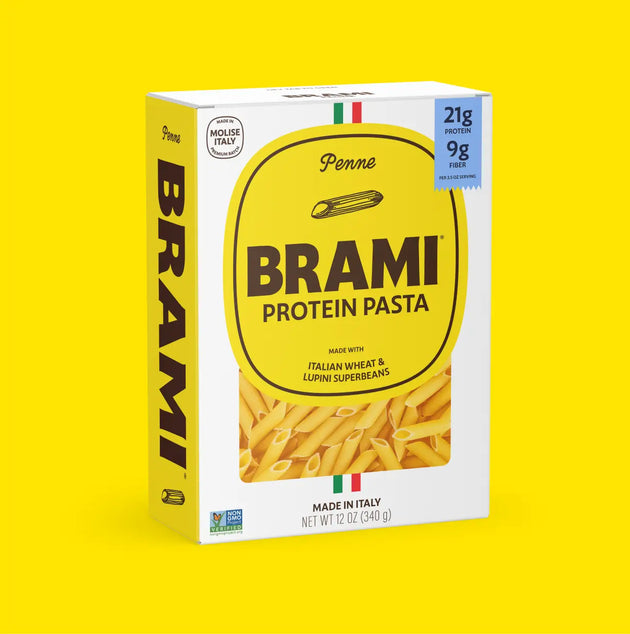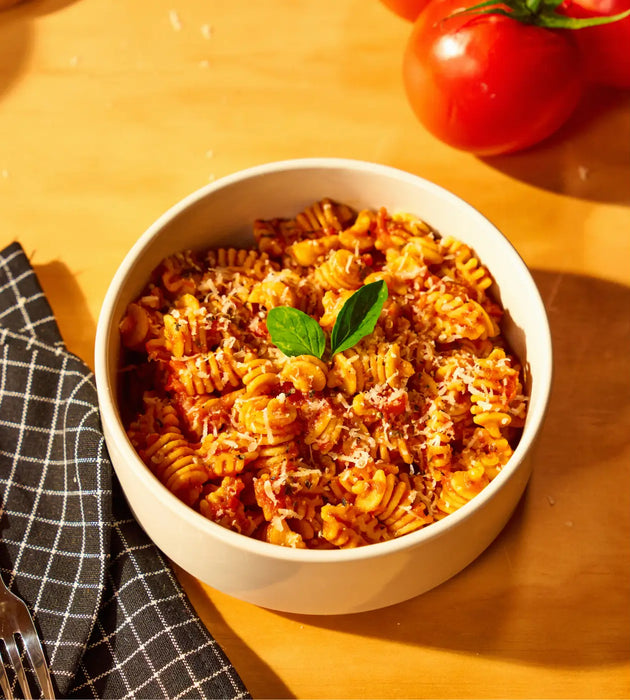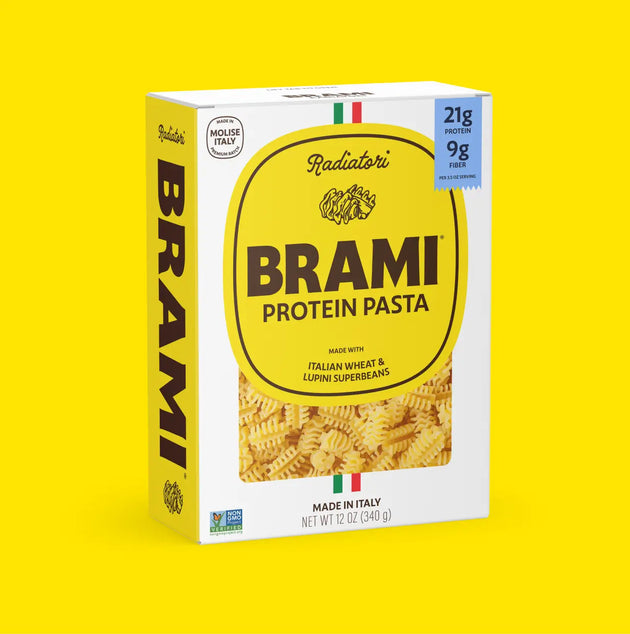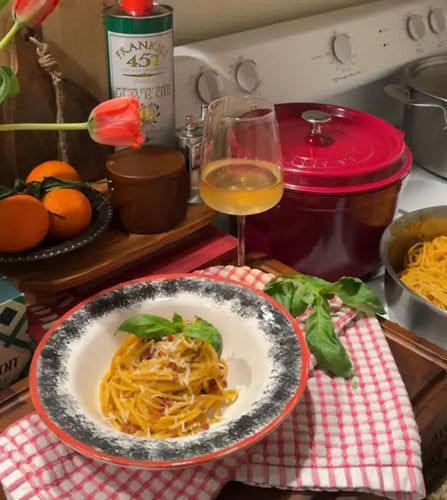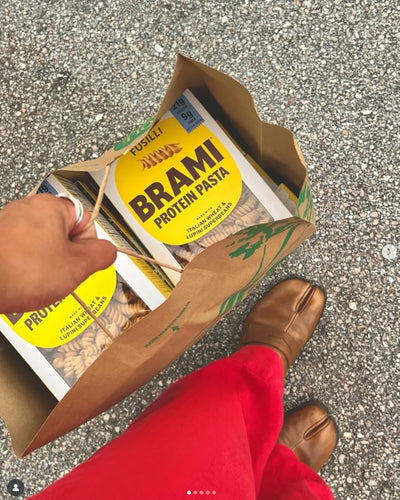The art of pasta
in 6 easy steps.
Even if you don’t commute on a Vespa, you can still cook like an Italian.
Watch how perfect pasta is made

Pasta 101
Salt the water
like the sea
Wait for a full boil, then add salt. More than you think. No, a little more
Pro tip: 2 tablespoons per 12 cups. Yes, really.
Drop it like it’s hot
Toss in the pasta. Stir for the first minute to keep the noodles from attaching.
When cooking Spaghetti, just gently push the noodles down with a large spoon. They will slowly sink in.
Taste, don’t time
Box says 9–11 minutes, but we trust your bite more than your clock. Aim for that perfect al dente - not crunchy, but firm.
Save the magic water
Right before draining, scoop out ½ cup of pasta water.
It’s liquid gold for sauce.
Don’t rinse. Ever.
Keep the starch. That’s what makes it Brami.
Simmer, swirl, serve
Reunite pasta and sauce in a hot pan. Add a splash of pasta water. Simmer. Swirl. Taste. Serve.
Optional garnish: Pecorino, olive oil drizzle, your best herbs
Featured Recipes
Featured Recipes

Lasagna Soup
35 Minutes
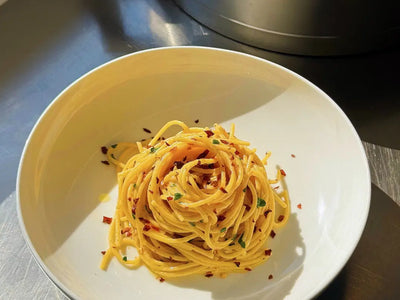
AGLIO E OLIO
15 Minutes

Pasta Alla Norma
35 Minutes
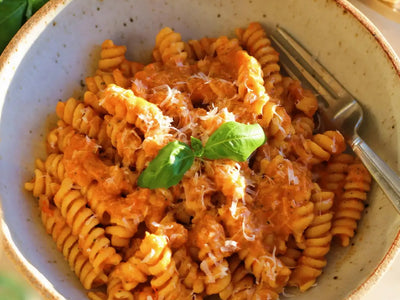
Butternut Radiatori
50 Minutes



